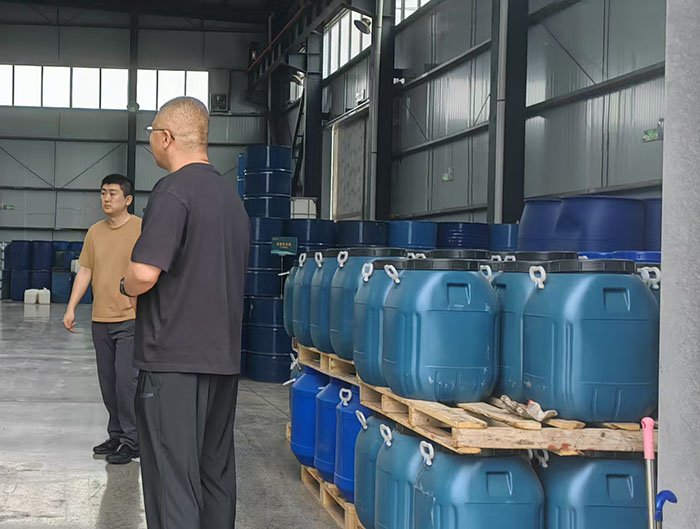Asphalt warm mix agent is an additive used to reduce the construction temperature of asphalt mixtures, which can reduce energy consumption and emissions while maintaining road performance. The following are detailed usage instructions and precautions:
1、 Types and selection of warm mix agents
1. Organic additives (such as Sasobit, Asphalt B)
By reducing the viscosity of asphalt, warm mixing is achieved, with a suitable temperature range of 100-130 ℃ (20-30 ℃ lower than hot mixing).
2. Chemical additives (such as Evotherm, Rediset)
Improve asphalt coating properties through surface active technology, with a construction temperature of 120-140 ℃.
3. Foam technology (such as WAM Foam)
Special equipment is required to inject water vapor into asphalt foaming, and the temperature can be lowered to 110-125 ℃.
2、 Usage method
1. Direct addition method (applicable to liquid/granular warm mix agents)
Timing of addition: When the asphalt is heated to 140-160 ℃ (before mixing with the aggregate), add the warm mix directly into the asphalt tank.
Proportion: usually 0.5-3% of the asphalt mass (refer to the product manual for details).
Mixing requirements: Mechanical mixing for 15-30 minutes to ensure uniform dispersion and avoid precipitation.
2. Aggregate pre mixing method (applicable to powdered warm mix agents)
Step: Pre mix the warm mix agent with the cold aggregate before mixing (in a ratio of 0.3-1% by weight of the aggregate).
Add hot asphalt and mix again, extending the total mixing time by 5-10 seconds to ensure coating.
3. Foaming technology (requires specialized equipment)
Operation process: Heat the asphalt to 160-180 ℃, inject 2-3% water vapor through the foaming device, and mix it with the aggregate after instantaneous volume expansion.
3、 Construction process adjustment
1. Temperature control: The discharge temperature is 20-40 ℃ lower than that of hot mix asphalt (adjusted according to the type of warm mix agent).
For example, the recommended discharge temperature for Evotherm is 120-135 ℃, while for Sasobit it is 110-125 ℃.
2. Mixing time: Extend the mixing time by 5-15 seconds to ensure that the warm mixing agent is fully applied.
3. Paving and Rolling: Paving temperature: 10-20 ℃ lower than heat mixing (such as 100-120 ℃). Compaction timing: Warm mixed asphalt cools down slowly, and the rolling window can be extended, but the final compaction needs to be completed above 85 ℃.
4、 Precautions
1. Compatibility testing: Before use, three major indicators of asphalt (penetration, softening point, and ductility) need to be tested to confirm that the warm mix agent does not affect the final performance.
2. Storage conditions: Liquid warm mix agent should be sealed away from light to prevent volatilization; Powdered form needs to be moisture-proof.
3. Environmental protection and safety: Foam technology requires controlling steam pressure to avoid burns; Organic additives may release trace gases during heating and require ventilation.
4. Special climate: In cold regions (such as winter in Ningxia), it is necessary to ensure the compatibility between the thermal mixing agent and low-temperature asphalt, and if necessary, add anti stripping agents.
By selecting the appropriate type of warm mix agent and strictly controlling the temperature, it is possible to balance construction efficiency and environmental requirements. It is recommended to conduct small-scale experimental validation before the first use.


